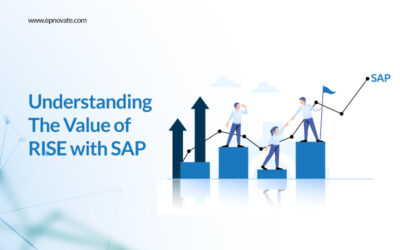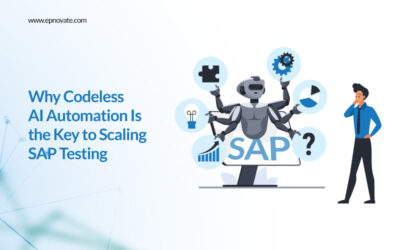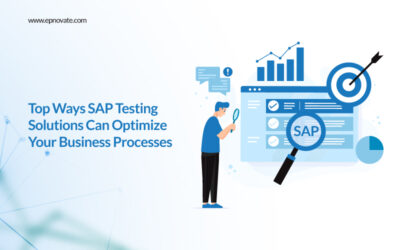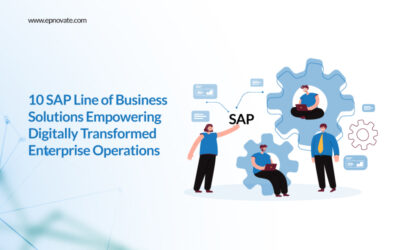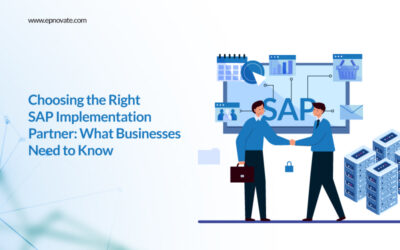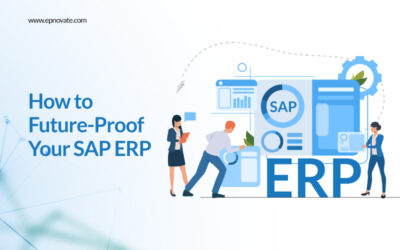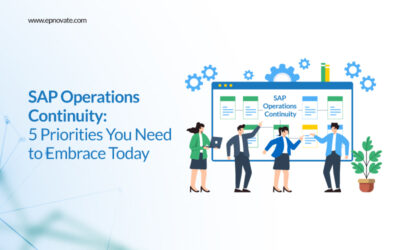How Cloud Network Technology Will Push SAP in 2023?
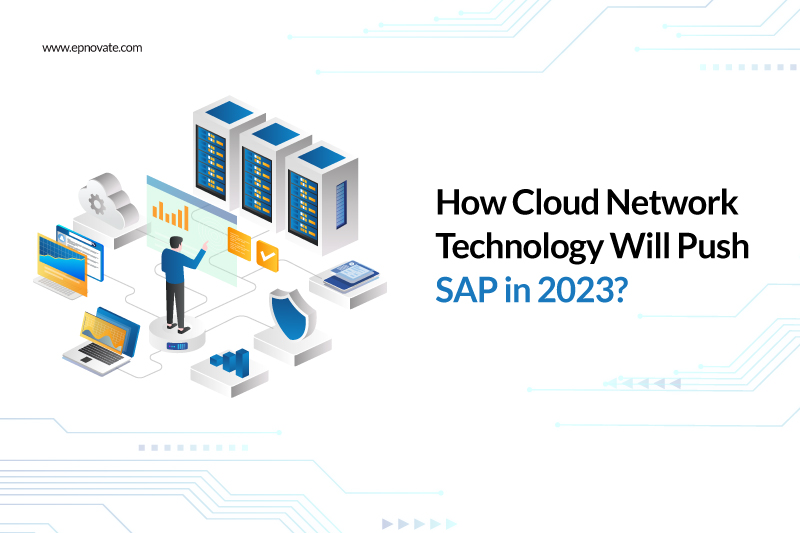
At SAP Sapphire, AI and other cutting-edge technologies will be showcased. According to industry insiders, the corporation must demonstrate that its products provide actual value to customers. Customers are likely to hear about two SAP programs aimed to assist customers in migrating to S/4HANA: Rise with SAP and Grow with SAP, which is expected to headline the technology news. One intriguing topic is how cloud network technology will push SAP in 2023.
Future Of Cloud Network In SAP Application Development
Gartner states that worldwide public cloud end-user spending will reach approximately $600 billion in 2023. Companies are adopting cloud services to stimulate innovation because cloud network technology is highly scalable, versatile, and adaptable to business demands. Cloud computing is concerned with program execution, whereas cloud networking is concerned with connectivity and overall management of a cloud application. Although practically all SaaS (Software as a Service) organizations use cloud computing, cloud networking’s full potential has yet to be realized. On the other hand, companies are becoming more aware of how cloud networking stimulates corporate growth, and these trends will dominate cloud networking, particularly in SAP.
Virtual World
A virtual cloud desktop, sometimes known as “desktop-as-a-service,” enables users to transfer an entire operating system and software applications from a cloud service to a device, allowing them to manage and use it from anywhere. This effective approach enhances remote access by allowing users to connect to the operating system from any location on the planet. Virtual cloud desktops are versatile and valuable because they allow several devices to be accessed simultaneously. They eliminate the need for costly ICT infrastructure expenditures while maximizing the use of existing investments and skills through hybrid deployments and collaboration.
Serverless
A serverless cloud enables developers to run and write code without managing their services. This low-cost method reduces the requirement for idle capacity, making it perfect for hosting corporate operations. Serverless clouds are ideal for hosting operations like Microsoft Azure because they provide improved security and cost reductions. These cloud providers are ideal for hosting organizations since they give a more secure environment.
Adoption Of AI
AI adoption is projected to become the standard soon, resulting in cost savings, increased productivity, optimized workflows, smart automation, deeper insights, analytics, improved security, reliability, and superior data management. Cloud networking is increasing efficiency while also allowing for faster innovation and scalability. Cloud technology and AI will soon be required to establish a seamless environment for optimum data storage and administration. The SAP implementation consultant anticipates focusing on three topics at Sapphire: continuing cloud adoption, AI, notably generative AI, and sustainability. Real-world instances of advanced and game-changing artificial intelligence in action by real clients are expected. Furthermore, SAP must clarify the ambiguous statements around the public and private cloud editions of S/4HANA Cloud.
Multi-cloud System
Multi-cloud and hybrid cloud solutions incorporate various clouds and are increasingly available to businesses. Multi-cloud systems provide access to many public cloud platforms at the same time. In contrast, hybrid cloud solutions integrate public and private clouds with on-premise infrastructure to create a single optimal architecture. Businesses may optimize their cloud networking strategies because of this flexibility and choice.
Sustainability
Businesses are increasingly concerned about sustainability, with cloud network technology providing several benefits, such as cost savings, unlimited storage, flexibility, and improved security. Data centers absorb approximately 1.8% of the total energy consumed annually, while cloud services are 79%-93% more energy efficient than on-premise data storage. As shown with SAP cloud networking solutions, cloud networking is a sustainable and efficient ICT solution. Several SAP organizations are investing in cloud network technologies to improve their sustainability profile and minimize energy usage and emissions.
Upgraded Technology
SAP’s cloud programs, Rise with SAP for enterprise and Grow with SAP for small and medium-sized businesses, are gaining traction. Grow, introduced in March, is critical to the company’s strategic move, but it must prioritize customer success. SAP should also investigate a public cloud version of S/4HANA Cloud alongside Grow, as the public cloud is the future of enterprise cloud applications. The SAP implementation consultant will be keen to see how much emphasis is placed on Grow and the public cloud versus Rise, as Rise traditionally appeals to larger organizations.
Conclusion
Companies worldwide value cloud network technologies, especially for SAP systems. By shifting offline functions to the cloud, cloud networking has a favorable impact on SAP systems. This technology will help provide a secure transfer for organizations and their data, providing unique alternatives not available in standard SAP systems.
Author: Epnovate Technology
Website: https://epnovate.com
Recent Posts
- Understanding The Value of RISE with SAP
- Why Codeless AI Automation Is the Key to Scaling SAP Testing
- SAP AI for Finance: Accelerating Business Efficiency, Accuracy, and Growth
- Top Ways SAP Testing Solutions Can Optimize Your Business Processes
- 10 SAP Line of Business Solutions Empowering Digitally Transformed Enterprise Operations
